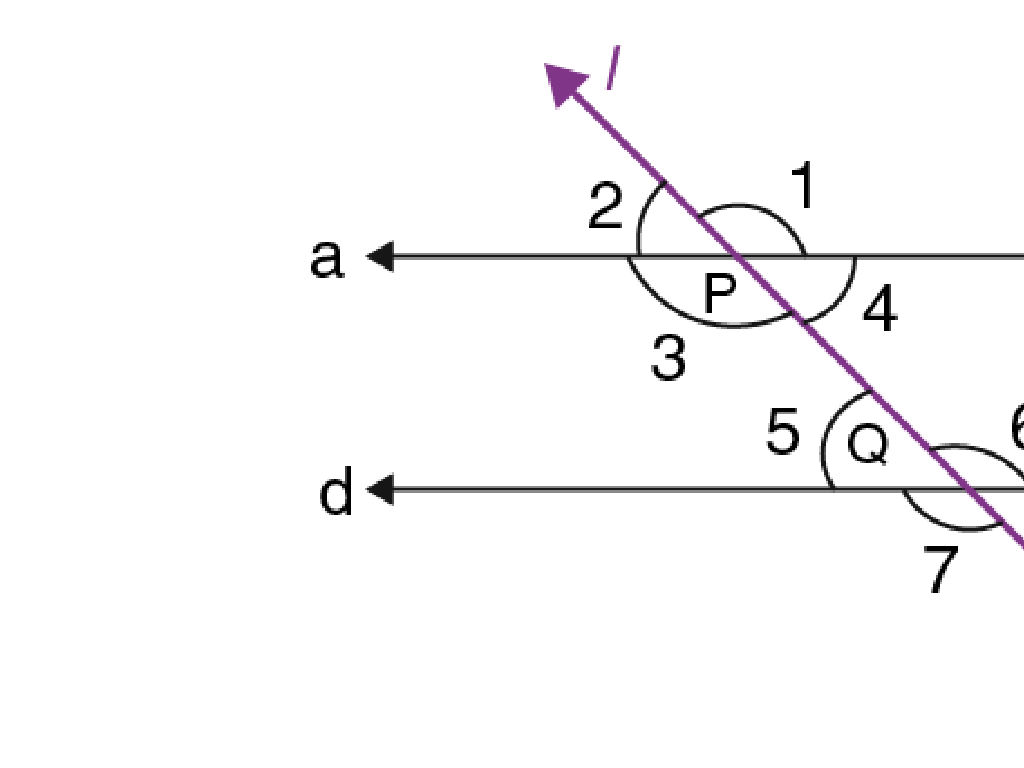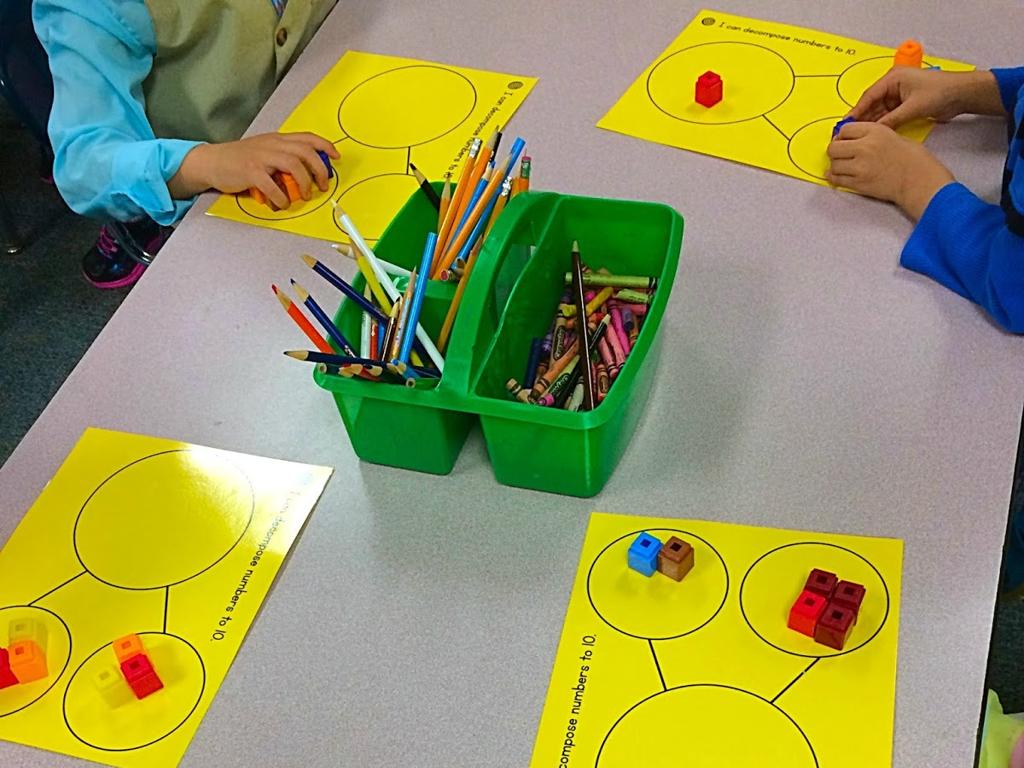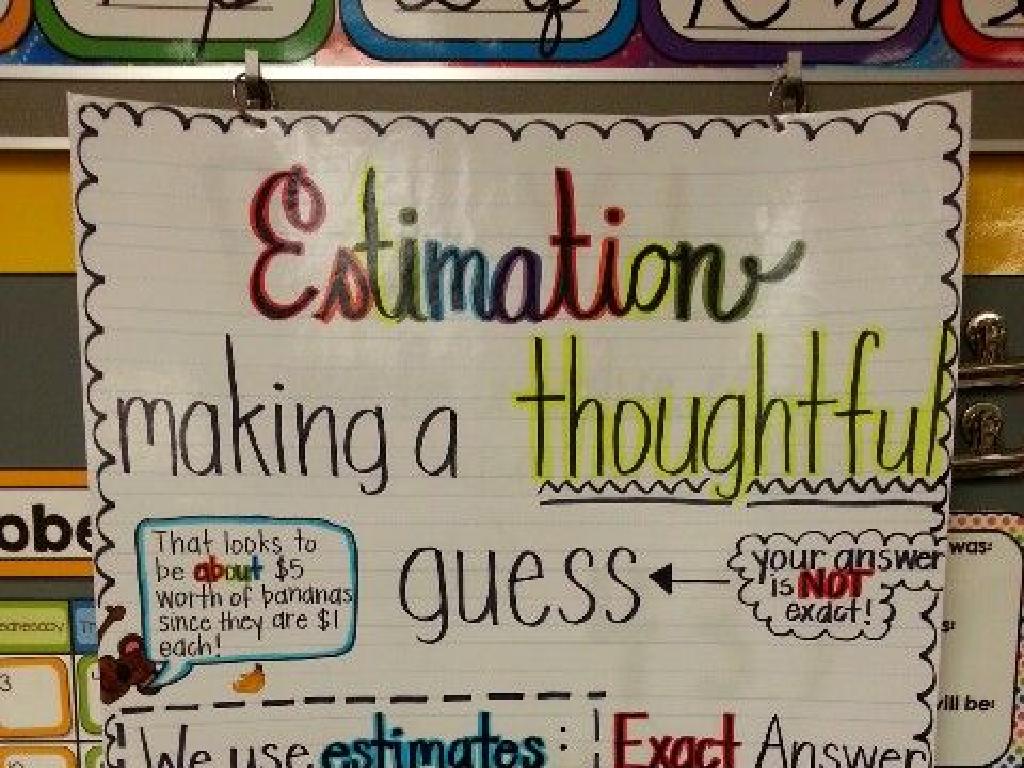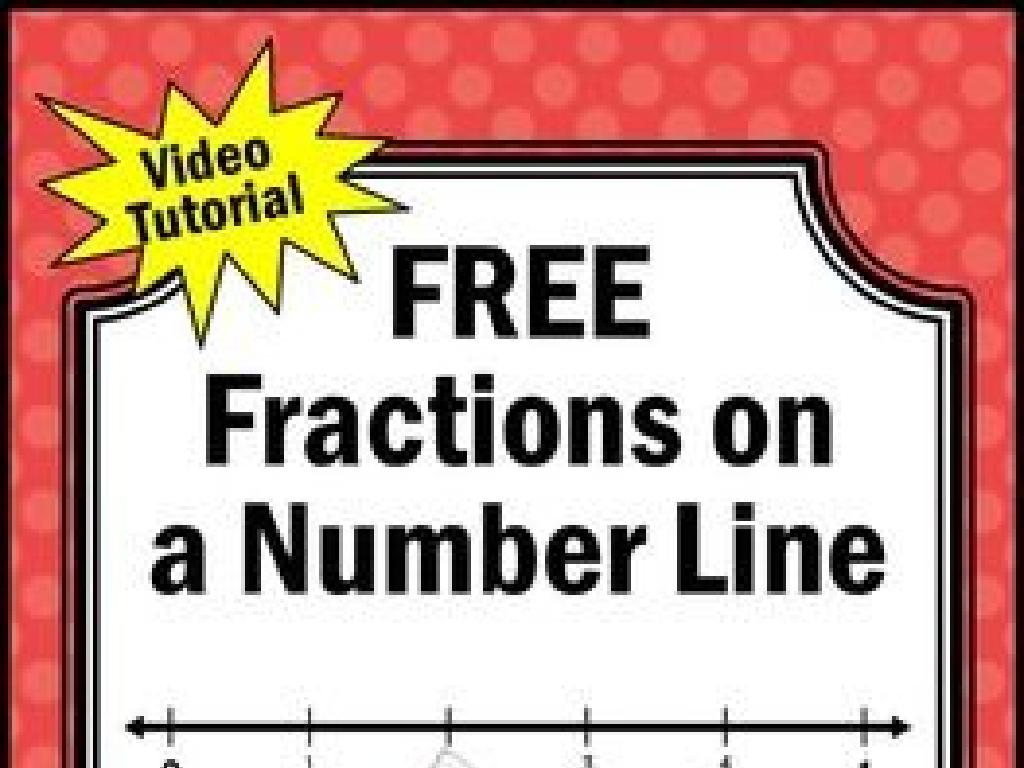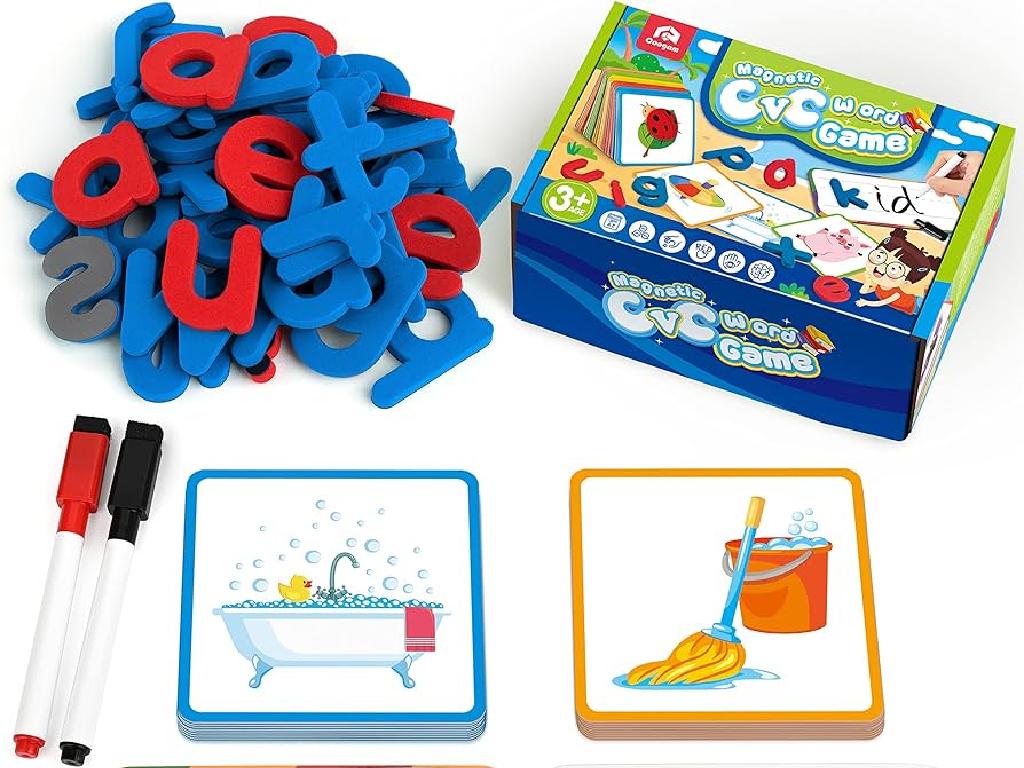Convert Fractions Or Mixed Numbers To Decimals
Subject: Math
Grade: Seventh grade
Topic: Rational Numbers
Please LOG IN to download the presentation. Access is available to registered users only.
View More Content
Converting Fractions to Decimals
– Rational numbers overview
– Numbers that can be expressed as a fraction
– Fractions & mixed numbers
– Fractions have numerators & denominators, mixed numbers combine whole numbers and fractions
– Conversion to decimals
– Divide the numerator by the denominator to convert
– Practice with examples
– Use examples like 1/2 = 0.5 and 1 3/4 = 1.75 for practice
|
This slide introduces the concept of rational numbers and focuses on converting fractions and mixed numbers to decimals, a key skill in 7th-grade math. Begin by explaining that rational numbers include all numbers that can be written as a fraction. Then, clarify the difference between fractions and mixed numbers. The main goal of today’s lesson is to teach students the process of converting these numbers into decimal form by dividing the numerator by the denominator. Provide several examples and encourage students to work through them to gain confidence in this skill. In the next class, students will have the opportunity to practice this skill with a variety of problems.
Understanding Fractions
– Definition of a fraction
– A fraction represents a part of a whole
– Numerator vs. denominator
– Top number (numerator) over bottom number (denominator)
– Real-life fraction examples
– Pizza slices, measuring cups, money (quarters)
– Converting fractions to decimals
– Divide numerator by denominator to get a decimal
|
Begin with the basic definition of a fraction to ensure students understand it represents a part of a whole. Clarify the roles of the numerator and denominator, using visual aids if possible. Provide relatable examples such as slices of pizza to illustrate fractions in a context familiar to students. Then, introduce the concept of converting fractions to decimals by dividing the numerator by the denominator, using simple examples and progressing to more complex ones. Encourage students to practice with different fractions to gain confidence in the conversion process.
Understanding Mixed Numbers
– Define a mixed number
– A number made up of a whole number and a fraction, e.g., 2 3/4
– Components: Whole number & fraction
– Whole number: 2, Fraction: 3/4 in 2 3/4
– Mixed numbers in daily life
– Used in cooking, construction, and time tracking
– Converting to decimals
– Divide the numerator by the denominator
|
This slide introduces the concept of mixed numbers, which are used frequently in various aspects of daily life. A mixed number consists of a whole number and a fraction part. For example, in the mixed number 2 3/4, 2 is the whole number and 3/4 is the fraction. Students encounter mixed numbers when cooking (measuring ingredients), in construction (measuring lengths), and even when keeping track of time. Understanding how to convert mixed numbers to decimals is a key skill in math, which involves dividing the numerator of the fraction by its denominator. This foundational knowledge will be crucial for more advanced mathematical concepts. Encourage students to bring examples of mixed numbers they find at home or in their environment.
Converting Fractions to Decimals
– Divide numerator by denominator
– Use long division for fractions
– Place the numerator inside, denominator outside
– Example: Convert 3/4 to decimal
– 3 divided by 4 equals 0.75
– Practice with different fractions
– Try converting 5/8 or 2/3 on your own
|
This slide introduces the process of converting fractions to decimals, a key concept in understanding rational numbers. Start by explaining that the numerator (top number) can be divided by the denominator (bottom number) to find the decimal equivalent. Demonstrate long division using the example of 3/4, which equals 0.75 when the numerator 3 is divided by the denominator 4. Encourage students to practice this method with different fractions to gain confidence. Provide additional examples like 5/8 and 2/3 for them to work on, and be ready to assist students who may struggle with the division process.
Converting Mixed Numbers to Decimals
– Separate whole number and fraction
– Convert fraction to decimal
– Divide numerator by denominator
– Add whole number and decimal
– Example: Convert 2 1/2
– 2 1/2 becomes 2 + 0.5 = 2.5
|
When converting mixed numbers to decimals, start by separating the whole number from the fraction. Next, convert the fraction into a decimal by dividing the numerator by the denominator. Then, add the decimal to the whole number to get the final decimal value. For example, to convert 2 1/2 to a decimal, first separate the 2 and the 1/2. Then, convert 1/2 to a decimal by performing the division 1 ÷ 2, which equals 0.5. Finally, add the whole number 2 to the decimal 0.5 to get 2.5. Encourage students to practice this method with different mixed numbers to become comfortable with the process.
Converting Fractions to Decimals: Practice
– Convert 5/8 to a decimal
– Divide the numerator by the denominator: 5 ÷ 8
– Convert 3 3/10 to a decimal
– Separate the whole number and fraction: 3 + 0.3
|
This slide provides practice problems for converting fractions and mixed numbers to decimals, reinforcing the concept of rational numbers. For the first problem, students will divide the numerator (5) by the denominator (8) to convert the fraction to a decimal. For the second problem, they will learn to separate the mixed number into a whole number (3) and a fraction (3/10), then convert the fraction to a decimal (0.3) and add it to the whole number. Encourage students to use long division for the fraction and to remember to place the decimal point in the correct position. These examples will help solidify their understanding of the conversion process. Provide additional problems for students to practice independently and check their understanding.
Class Activity: Fraction to Decimal Relay
– Form teams for the relay
– Each member solves a step
– Work through conversion problems
– Divide the numerator by the denominator
– Race to convert fractions to decimals
– Use long division or a calculator
|
This activity is designed to encourage teamwork and reinforce the concept of converting fractions to decimals. Divide the class into small groups, and provide each team with a set of fraction conversion problems. Each team member will be responsible for one step in the conversion process, such as writing the fraction, setting up the division, performing the division, and checking the decimal. The first team to correctly convert all their fractions to decimals wins the relay. Prepare a variety of fractions, including simple fractions, improper fractions, and mixed numbers, to ensure a comprehensive understanding. Have extra problems ready for fast-finishing teams. This activity will help students practice division and understand the relationship between fractions and decimals in a fun, competitive setting.

